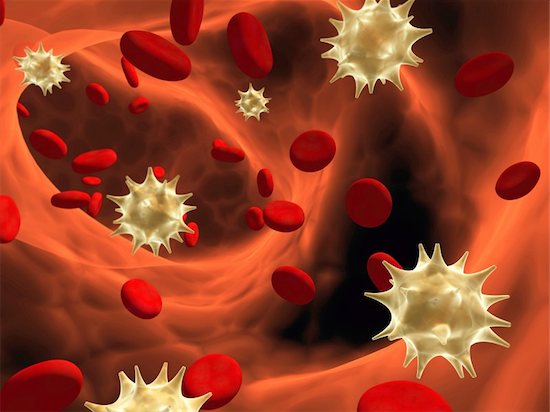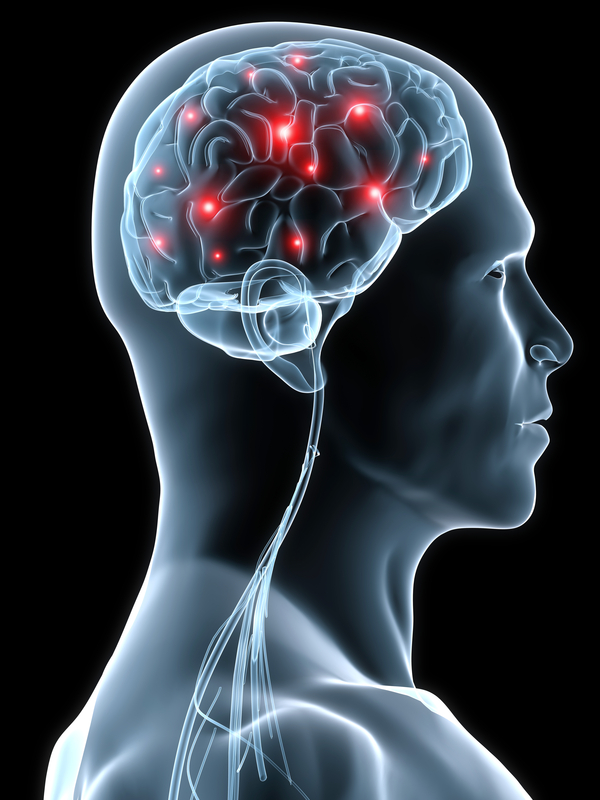Posts tagged controlling HIV

Inspirational HIV Quotes That Promote Positivity
For this post, we’ve decided to do something a little different and share our favorite inspirational HIV quotes. Living with HIV is a day-by-day challenge. Because of this, a positive mindset is important. High anxiety and depression have a strong effect on HIV patients. More so than a regular patient.
People with HIV want to be treated with kindness and respect. Just like everyone else. Telling them as much can go a long way. So, with that in mind, here are just a few of some of the most inspirational HIV quotes.
Inspirational HIV Quotes
- “Being seen does have value. I have the support of my boyfriend, my great friends, and my loving parents. Many do not and this is, in part, for them.” – Olympian Ji Wallace on having HIV.
- “We need to band together as a unit every day, especially to conquer the strength of the AIDS virus.” – Actor Dustin Hoffman, on combatting the spread of HIV/AIDS.
- “HIV does not make people dangerous to know, so you can shake their hands and give them a hug: Heaven knows they need it.” – Princess Diana, on getting rid of the HIV stigma.
- “Sick people, particularly those with serious conditions, greatly prefer the company of their friends and family to residence in a hospital or nursing home.” – Author and activist David Mixner, on the importance of a strong support system for sick people.
- “Three decades into this crisis, let us set our sights on achieving the “three zeros.” Zero new HIV infections, zero discrimination, and zero AIDS-related deaths.” – Ban Ki-Moon, secretary-general of the UN, calling for the cure of HIV and AIDS.
- “We live in a completely interdependent world, which simply means we cannot escape each other. How we respond to AIDS depends, in part, on whether we understand this interdependence. It is not someone else’s problem. This is everybody’s problem.” – Bill Clinton, discussing a united front in solving the AIDS crisis.
Some of the most iconic figures of the past century have shared inspirational words about HIV. Whether the person is royalty, a writer, or even a Hollywood star, they all share the same eagerness when it comes to fighting HIV. They believe that positivity, as well as working together, will help find a cure to end the virus once and for all.

What You Should Know About HIV Drug Resistance
One of the biggest concerns for anyone living with HIV is that their strain develops a drug resistance. The virus’ unpredictability is what makes this possible. Drug resistance is when HIV cells mutate and reproduce themselves despite the presence of antiretroviral drugs (ART). It often leads to treatment failure and a further spread of drug-resistant HIV.
HIV mutates on a daily basis. Many of these mutations are harmless. In fact, most of them actually put the virus at a disadvantage. Its ability to infect CD4 cells in the body slows down. Certain mutations, however, create an advantage when medication is used. They block drugs from working against the HIV enzymes they are designed to target.
A report by the World Health Organization (WHO) recently showed that drug-resistant HIV strains jumped to 10% in developing countries. In 2010, that number at 7%. Scientists are worried about this growing number. And they expect it to cause a lot more infections over the next 5 years. This is why WHO is putting together a Global Action Plan meant to combat this sudden rise.
Cutting down the development of resistance can happen in a lot of ways. HIV-positive people can reduce their risk by following these steps.
How to Prevent HIV Drug Resistance
- Follow Instructions Carefully – Medication needs to be taken exactly as prescribed. Skipping out on doses can cause a viral load increase. Taking an incorrect number of pills can also affect a person’s viral load.
- Stay Informed About Every Treatment Option – Knowledge is a great tool for any HIV patient. There’s great importance in learning about all the available treatment options. It can lead to finding out the best way to combat drug resistance.
- Keep Track of the Treatment’s Effects – Closely observing lab results goes a long way. This should be done every three months. The first sign of resistance is usually an increase of viral load. So, monitoring any change there would let people know if they have anything to worry about.
Small things such as these can help prevent your HIV from becoming drug resistant. Because staying vigilant is the best way to deal with a virus unpredictable.

Improving Linkage to Care is the Next Goal for HIV Treatment
Linkage to Care (LTC) is the three-month period of time between diagnosis and medical treatment for HIV. Groundwork is laid for future treatment during this time. Newly-diagnosed patients need to understand the ins and outs of their diagnosis. It’s a crucial part in such a transitional time in their lives.
Studies have shown a wide range of information regarding how many HIV patients are getting LTC. The number is often between 59% and 80%. Many consider this to be too low a number either way. This has prompted more developed nations to set their Linkage to Care rate to 90% by 2020.
The World Health Organization (WHO) stresses the importance of providing a service built around the health needs of those living with HIV. A diagnosis of this magnitude can make a patient feel vulnerable. Consequently, WHO believes treating them with dignity goes a long way.
WHO recently gave a list of suggestions that studies suggest would help improve LTC. Here is what they find to be most helpful.
Steps to Help Increase Linkage to Care
- Streamlined interventions to reduce the time between diagnosis and engagement in care. This includes enhanced linkage with case management and support for HIV disclosure.
- Carrying out routine viral load testing 6 months and 12 months after Antiretroviral Therapy (ART). If the patient is stable on ART, then every 12 months would be all that’s necessary.
- Improving the data used to identify the linkage’s quality.
- Less frequent clinic visits for those stable on ART. As a result of ART working for them, every 3-6 months would be sufficient.
- Programs that provide community support boosts retention in care. Methods suggested for them to use include: interventions, peer counselors, and mobile communication.
When Linkage to Care is initiated early for HIV patients, better medical treatment is possible. Increasing the amount of people who receive earlier treatment is a great first step in managing the disease.

HIV DNA Successfully Removed from a Living Cell
HIV treatments have dramatically improved in recent years. Combinations of antiretroviral medications target the replicating of HIV within the body. When taken regularly, many HIV-positive individuals can lead relatively normal and healthy lives. As beneficial as these treatments are, researchers are still looking into finding an actual cure for the disease. One reason: if treatment happens to be interrupted, the virus quickly makes a comeback, and the infection can progress to AIDS. This is due to the latent HIV DNA within the cells.
Without the medications to suppress the virus, the infected cells are free to reproduce. Removing these viral pieces from the infected cells, and other areas where they lay dormant, is what would eradicate the infection.
HIV DNA: Gene Editing Takes the Next Step
In line with this objective, one recent study has successfully removed the HIV DNA from infected cells. The team had developed a sort of gene editor. The system works by targeting the infected cells and removing specific segments of HIV’s genetic material implanted by the virus.
When first tested, results were positive, and had little-to-no adverse effects. The most recent trial included targeting HIV material in organ tissue and blood cells. After just a couple of weeks, every type of tissue showed signs of the viral genetic material being removed. The broad spectrum of tissues gives hope that further developments will yield lasting and effective results, especially if gene editing is used in conjunction with current therapies.
Researchers are confident that if used alone, it has the potential to eliminate HIV from the body. Added benefits may come from using it along with antiretroviral therapies. Suppressing the virus’ ability to replicate, and removing its DNA from infected cells (even latent ones), will ensure a clean sweep. Seeing as the gene editing is also a very flexible technique, it is possible to tailor it to target mutated forms of the virus—an issue that continues to impede progress.
While the results from this study have years of trials and testing to go, it shows that medical objectives in regard to HIV and HIV DNA are feasible.

Neurological Issues May Be Among HIV’s First Symptoms
Neurological issues have been noted in patients who had recently been infected with HIV. There are a host of conditions that are associated with HIV infection and disease progression. Most treating physicians are aware of many of these and keep a close eye on their HIV-positive patients. However, it was recently noted that as early as just a few days after the infection, certain symptoms and issues can present in patients not yet diagnosed or treated for HIV infection. Many have been diagnosed with HIV after presenting with neurological symptoms.
A Study Reveals How Common Neurological Issues Are
In a recent study, a group of individuals was followed to find out more about early HIV infection and its effect on the nervous system. Participants all had recently been infected. For some, it had been only a few days, and for others, it was up to two months since the time of infection. Out of those followed, over half presented with neurological issues, including neuropathy (disease of the nervous system), cognitive trouble, and motor difficulties. In many instances, patients had experienced more than one type of the mentioned issues. In rare instances the conditions were severe.
The Benefits of Treatment in Reducing Neurological Symptoms
Such early stages of infection are generally undetectable by standard HIV testing as the immune response has yet to build. Neurological symptoms were noticed before any others in most cases. Once antiretroviral therapies were started, 90% of the neurological issues were resolved. For some, lingering symptoms were observed even after months of treatment. When researchers compared the lab tests, those with persistent symptoms also had higher viral levels in the blood. These findings show that the virus has a profound effect on the nervous system. The good news, however, is that most of the conditions cleared up with treatment.
Study on the subject is ongoing. Other issues as well are brought to light. For example, in the development of new treatments against HIV, researchers are considering taking into account the role of the brain and nervous system. Some theorize that latent HIV could be lurking in these areas, therefore causing issues early on. So new questions are raised, and delving further into the topic continues.





